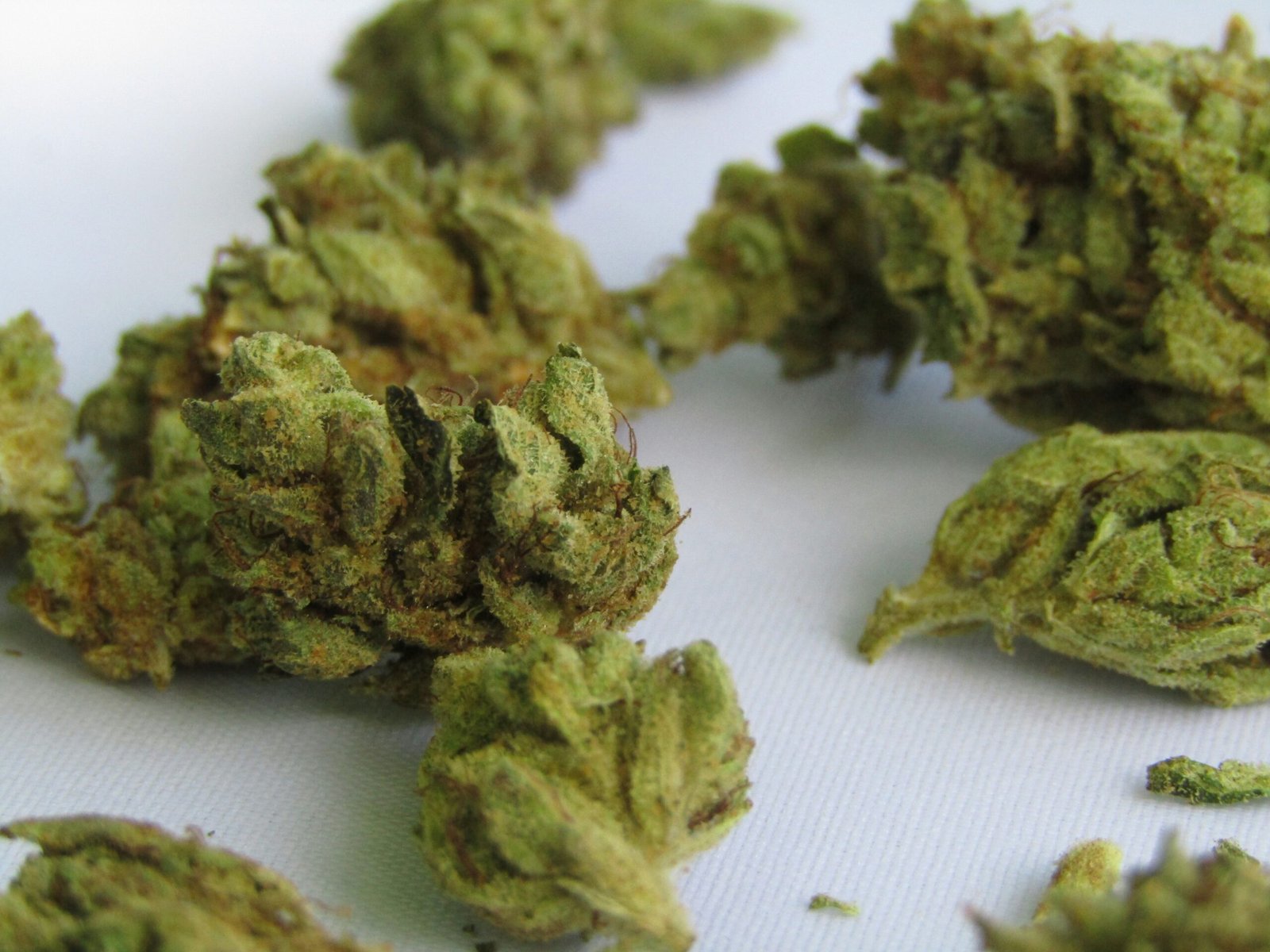Now Reading: Effective Detox Strategies for Marijuana: A Holistic Approach
- 01
Effective Detox Strategies for Marijuana: A Holistic Approach

Effective Detox Strategies for Marijuana: A Holistic Approach
Understanding the Need for Detox
Marijuana use can lead individuals to consider detoxification for various reasons, primarily centered around health concerns, personal goals, and the overall impact on daily life. Health issues, such as respiratory problems and mental health challenges, frequently motivate individuals to seek detox. Chronic use of marijuana can interfere with cognitive functions, producing anxiety or mood swings, further emphasizing the necessity for a detox process.
Moreover, personal aspirations play a crucial role in this decision. Many individuals may wish to enhance their mental clarity, improve productivity, or pursue a healthier lifestyle. Understanding the motivation behind detoxing can foster a more personalized and effective approach. The effects of prolonged marijuana usage can extend beyond the physical realm, influencing motivation and energy levels. This often pushes individuals to embark upon a detox journey.
Understanding how marijuana affects the body is essential for a successful detox. Tetrahydrocannabinol (THC), the primary psychoactive compound in marijuana, binds to cannabinoid receptors in the brain, creating alterations in mood and perception. Consequently, detoxification can be a vital step for those who feel they have lost control over their consumption or who aspire to restore balance to their lives.
The timeline for detoxification varies based on several factors, including the frequency of use, body composition, and individual metabolism. Typically, the acute withdrawal symptoms may manifest within a few days and can last from one to two weeks. This timeframe underscores the importance of approaching the detox process in a methodical and supportive manner, minimizing discomfort and enhancing emotional well-being. Thus, preparing for a holistic detox means focusing not only on the physical aspects but also on mental and emotional health, leading to a balanced recovery.
Substituting with Vapes and Microdosing
One effective strategy for managing marijuana withdrawal symptoms is the substitution of traditional consumption methods with vaping. Vapes offer a potentially less intensive alternative, allowing individuals to control their dosage more effectively. The key benefits of using vaping devices include precise dose control and the potential for fewer harmful effects compared to combustible marijuana. Because vapes vaporize the cannabis material without combustion, they may reduce exposure to harmful tar and carcinogens, thus presenting a possibly safer method for those wishing to continue experiencing the benefits of cannabinoids while transitioning away from more intensive ingestion forms.
Incorporating microdosing into the detox strategy can further enhance the transition process. Microdosing involves consuming very small amounts of marijuana, sufficient to experience mild therapeutic effects without inducing significant psychoactivity. This gradual approach allows users to reduce their reliance on cannabis steadily while minimizing withdrawal symptoms. By starting with a low dose and progressively adjusting as needed, individuals can tailor their experience to their personal comfort and needs.
To successfully implement microdosing, it is essential to identify the correct dosage that works for the individual. This can vary widely based on factors including body weight, tolerance, and the specific strain of cannabis used. Keeping a journal to track dosages and effects can provide insights that help refine the approach over time. Additionally, selecting high-quality vape products that offer precise dosing capabilities will contribute to a more controlled and effective transitioning experience. By combining vaping with a microdosing strategy, individuals can navigate the complexities of marijuana detoxification through a balanced, holistic approach that alleviates discomfort while supporting their overall well-being.
Hydration and Nutrition: Flushing Out Toxins
The significance of hydration in detoxification cannot be overstated. During the marijuana detox process, drinking adequate water is essential, as it enhances the body’s ability to eliminate toxins effectively. Water acts as a natural solvent, facilitating the removal of undesired substances through urine, sweat, and other bodily fluids. It is recommended to aim for at least eight to ten glasses of water per day, but individual needs may vary based on factors such as physical activity levels and overall health.
In addition to plain water, incorporating hydrating foods into the diet can further assist in flushing out toxins. Fruits such as watermelon, oranges, and cucumbers contain high water content and provide important vitamins and minerals. Vegetables like celery and lettuce serve not only to hydrate but also to replenish essential nutrients that may be depleted during the detoxification process. This combination aids in maintaining optimal hydration levels and supporting the body’s quest to eliminate marijuana metabolites effectively.
Moreover, proper nutrition plays a critical role in alleviating withdrawal symptoms that may accompany the detox process. Nutrient-dense foods, particularly those rich in antioxidants, vitamins, and minerals, can help mitigate discomfort. Incorporating leafy greens, nuts, seeds, and whole grains can support liver function, a key organ in detoxification. Additionally, foods rich in electrolytes, such as bananas and avocados, are effective for replenishing lost nutrients due to substance use.
Ultimately, a conscious effort to maintain high hydration levels alongside a balanced diet filled with whole, nutritious foods can markedly enhance one’s overall health during the marijuana detox process. By following these strategies, individuals may not only facilitate the elimination of toxins but also promote recovery and well-being.
Enhancing Sleep During Detox: NSAIDs and Rest Strategies
Detoxing from marijuana can often lead to disruptions in sleep patterns, which may further aggravate withdrawal symptoms, such as irritability and anxiety. Ensuring restorative sleep during this phase is crucial for overall well-being and the effectiveness of the detox process. One potential strategy for enhancing sleep quality involves the use of non-steroidal anti-inflammatory drugs (NSAIDs) to help alleviate physical discomfort that might hinder rest. NSAIDs, such as ibuprofen or naproxen, can assist in reducing any aches and pains that may occur during detox, thereby promoting a more restful sleep experience.
In addition to NSAIDs, incorporating relaxation techniques can significantly enhance sleep quality. Engaging in mindfulness practices, such as meditation or deep-breathing exercises, can help calm the mind and body, making it easier to transition into sleep. Establishing a pre-sleep routine that includes gentle stretching or yoga can also be beneficial, as such activities help to relieve muscle tension and promote relaxation.
Sleep hygiene plays an essential role in fostering an optimal sleep environment. This includes maintaining a consistent sleep schedule by going to bed and waking up at the same time every day. Creating a comfortable sleep environment—characterized by a cool, dark, and quiet setting—can further facilitate improved sleep quality. It is also advisable to limit exposure to screens before bedtime, as the blue light emitted by devices can interfere with melatonin production, making it more challenging to fall asleep.
In conclusion, focusing on sleep quality during the detoxification process is pivotal. By utilizing NSAIDs judiciously alongside relaxation techniques and consistent sleep hygiene, individuals can mitigate withdrawal discomfort and enhance their overall detox experience. Prioritizing restorative sleep not only ensures a more manageable detox journey but can also support long-term recovery from marijuana dependence.

















